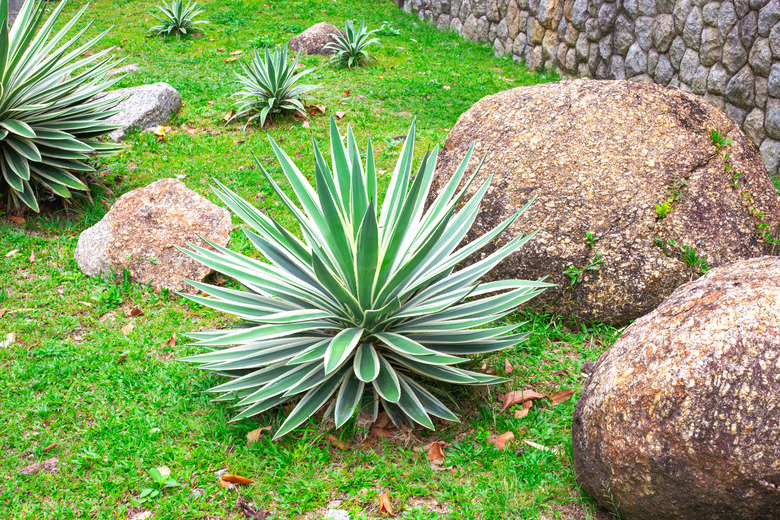How Do I Divide Yucca Plants?
We may receive a commission on purchases made from links.
Yucca plants are drought-tolerant, evergreen perennials native to the Southern United States. Their rosettes of stiff, sword-shaped leaves are a familiar sight in the desert landscape but are also incredibly adaptable to gardens. Yucca is a genus of about 40 plants ranging from Adam's needle (Yucca filamentosa), a clump-forming plant with white flower spikes, to the Joshua tree (Yucca brevifolia), the iconic, towering, multistemmed tree that grows in Joshua National Forest.
Many of the yuccas grown in the garden are stemless and spread in a large clump over time. A yucca plant that has overgrown its boundaries can be divided to share with friends and neighbors or to replant around the garden.
How to Grow Yucca
How to Grow Yucca
Yucca plants grow best in full sun and well-drained soil. Adam's needle is very cold-tolerant and hardy in USDA plant hardiness zones 5 to 10. This popular yucca species grows in a clump, spreading through offsets, which are genetically identical daughter plants (also known as pups) that grow on shoots from the base of the original plant. Similar clumping, hardy yucca plants include Yucca flaccida and some Yucca gloriosa hybrids. Other yuccas, like Spanish bayonet (Yucca aloifolia), can form offsets but also gradually grow in height to form a trunk. Spanish bayonet, which is winter hardy in zones 8 to 11, can eventually reach 10 to 20 feet tall.
In all cases, it's best to give yucca plenty of room to grow, keeping its sharp leaves far away from doorways, driveways, and walks. These drought-tolerant plants usually don't require watering once they are established but will look their best if watered during long, hot dry spells and may reward you with pups.
How to Divide Yucca
How to Divide Yucca
The gentlest way to divide yucca is by removing the offsets without digging up the plant. Pull away some of the soil from the base of the plant and look for the lateral stems, or rhizomes, that attach the pups to the mother plant. Use a garden knife or pruning saw to cut through the rhizomes and remove the offsets.
If you have a trunk-forming yucca that has outgrown its space, you can prune the main stem to your preferred height in early spring before the growing season begins. The base will sprout new growth at the top, while the section of stem you have removed can be propagated into a new plant.
Propagating Yucca From Divisions
Propagating Yucca From Divisions
If you would like to propagate new plants from your yucca, it's always best to divide the plant when it is in winter dormancy. Strip the bottom leaves off the offset or stem that you have removed. Pot the baby yucca in sandy, well-drained soil — for instance, in a mixture that is 3 parts peat to 1 part sand or in a succulent potting soil with extra sand mixed in. Plant your yucca up to the base of the foliage and water well. Place the pot in an area with bright light but away from direct sunlight while it is getting established.
Water every 10 days or whenever the top inch of the soil is dry. You should see growth from the rhizome or buried stem section within a month. Over time, you can begin to acclimate the plant to more sunlight until the roots have developed enough that your yucca can be planted in full sun.
